There are numerous exercises that can be used to strengthen the posterior chain. Here we’ll focus on three key movements.
There are numerous exercises that can be used to strengthen the posterior chain. Here we’ll focus on three key movements.
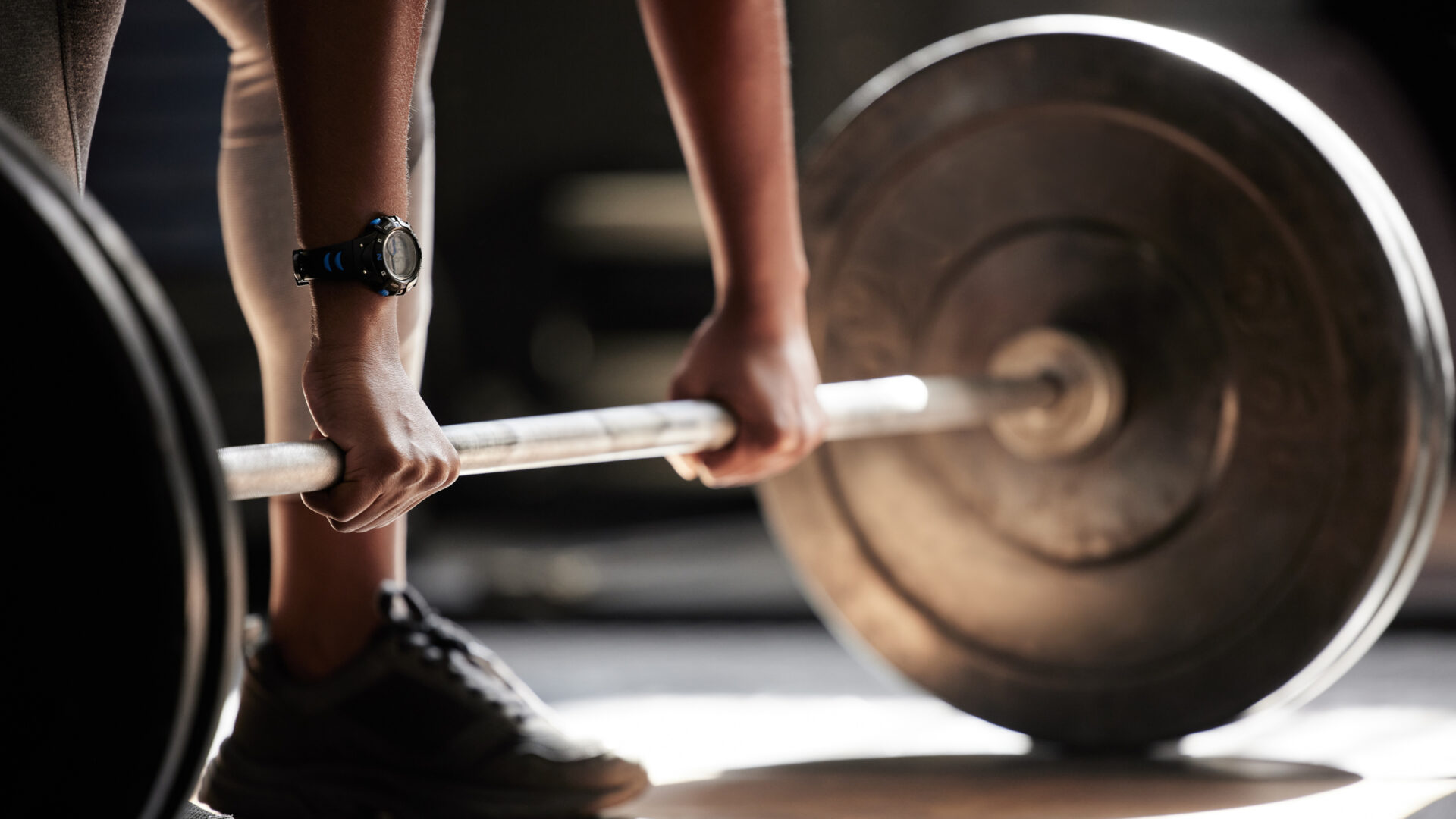
There are numerous exercises that can be used to strengthen the posterior chain. Here we’ll focus on three key movements.

There are numerous exercises that can be used to strengthen the posterior chain. Here we’ll focus on three key movements.
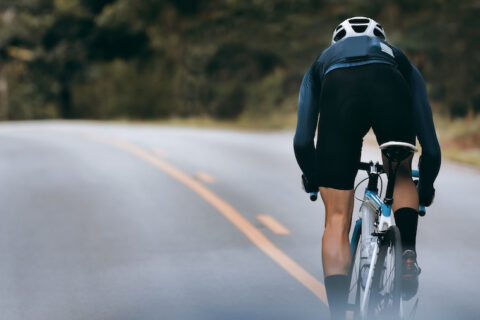
Doing more sprint work and cadence drills on your rides could lead to substantial performance gains.
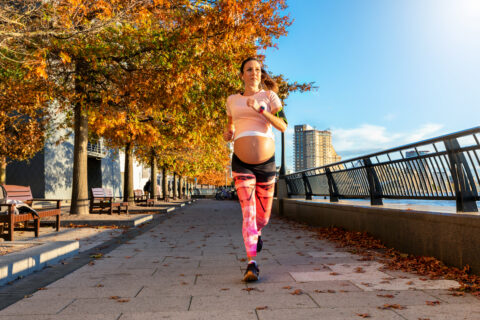
We look at the latest research on the safety, benefits, and precautions for expecting mothers.
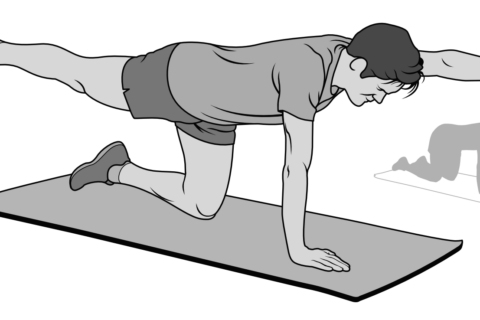
The importance of a strong core for athletic performance can’t be overstated. Trevor Connor details the various benefits of a strong core, and the disadvantages of a weak one.
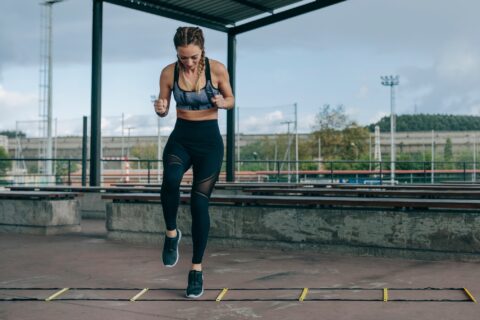
Understanding when and how to introduce HIIT can make all the difference in an athlete’s ability to absorb training and optimize performance.